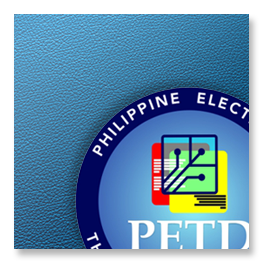The Human Anatomy Teacher-Scholar: Meeting the Expectations of Educational Outcomes Research, Course Content Innovation, and Textbook Innovation for Educational Scholarship
Abstract: A human anatomy teacher-scholar is a scholar whose area of expertise includes content knowledge of the anatomical sciences (gross anatomy, histology, embryology, and/or neuroanatomy) and whose research interests and focus are centered in medical educational outcomes. The projects described in this dissertation represent endeavors I engaged in to become a human anatomy teacher-scholar. These projects included: 1) prospectively testing a hypothesis, and performing outcomes assessment in a field for which little data (theory) exist (dissection guide educational research project), 2) creating innovative course content that bridged disciplines (cadaver autopsy project), and 3) composing original teaching material for a specific audience (human anatomy laboratory manual). The training of a human anatomy teacher-scholar emphasizes knowledge acquisition in both the basic sciences (particularly gross anatomy) and in educational outcomes research methodology and theory. Therefore, human anatomy teacher-scholars are positioned to create innovative course content and materials and assess the innovations to guide future efforts. These are important skills for faculty members involved in the education of medical students in the U.S. as the medical education system in the U.S. continues to evolve.
Related Resources
The intent of this project was founded upon the need to train students in the techniques of radio astronomy with the purpose of establishing a radio telescope in order to teach the principles and practice of radio astronomy.This document describes the theory, research, to establish the 1st...
An examination of the science of human anatomy and dissection as it occurs in plays of the early modern period. Starting with a survey of available literature on the subject, the thesis then moves on to examine the state of human anatomy in England at the time as well as an overview medical...
